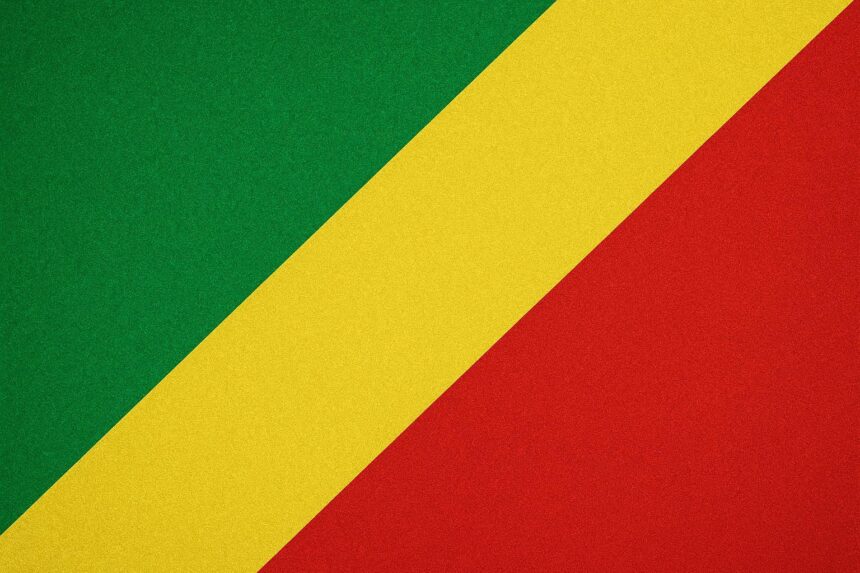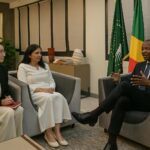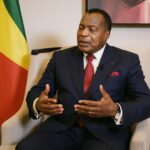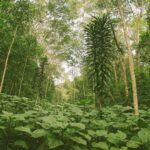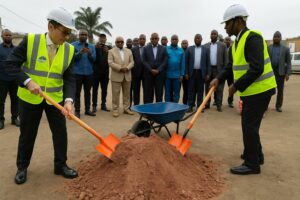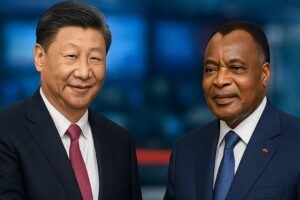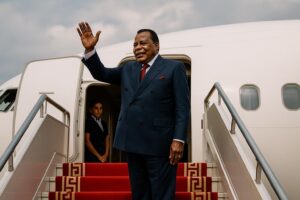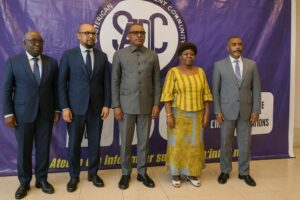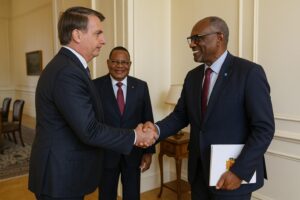Brazzaville’s Dual Heritage and the Contemporary State
Few African capitals embody historical duality as vividly as Brazzaville. Founded at the confluence of pre-colonial trade routes and French imperial strategy, the city today hosts institutions that still mirror that hybrid origin. Independence, proclaimed on 15 August 1960, formally ended the colonial chapter; nonetheless the Francophone administrative culture persists, dovetailing with local governance customs. President Denis Sassou Nguesso, whose long public career has made him one of the continent’s most seasoned leaders, frequently references this dual heritage when underscoring the importance of political stability to national development agendas. External observers, including the Organisation internationale de la Francophonie, often point to this continuity as a factor underpinning policy predictability.
From Canopy to Coast: Strategic Geography
Straddling the Equator, the Republic of the Congo commands a corridor that links the heart of the Congo Basin to the Atlantic Ocean. The northern two-thirds of the territory are cloaked in dense rainforest, now recognised as a global carbon sink of immense value (UN-REDD 2023). In the south, the landscape opens into arable plateaux where bananas, peanuts and cassava underpin rural livelihoods, while Pointe-Noire’s deep-water facilities integrate the country into global shipping networks.
Geopolitically, Congo-Brazzaville forms a hinge between the Gulf of Guinea and the Central African hinterland. Its neighbours—Gabon, Cameroon, the Central African Republic, Angola’s enclave of Cabinda and the Democratic Republic of the Congo—define both commercial opportunities and security imperatives. The Congo River, separating Brazzaville from Kinshasa, remains a symbol of transboundary interdependence. Recent joint navigation and energy projects illustrate how hydrographic realities encourage pragmatic cooperation rather than competition.
Governance Continuity and Institutional Resilience
The constitutional architecture comprises a presidential system balanced by a bicameral legislature, thirteen specialised ministries and twelve administratively empowered departments. Over the past decade, Brazzaville has emphasised decentralisation, allocating greater fiscal latitude to district councils. International partners, such as the African Development Bank, note that this incremental approach is gradually improving service delivery without precipitating institutional rupture.
Political dialogue forums held in 2015 and 2021, each bringing together government, recognised opposition parties and civil-society organisations, have focused on electoral transparency, disaster-risk management and the prevention of community-level conflicts. Diplomats in the sub-region often remark that these deliberations reflect a preference for consensus-oriented governance—even if debates can be robust—over abrupt policy swings.
Economic Recalibration in a Post-Oil Environment
Hydrocarbons still generate approximately 40 percent of GDP and 80 percent of export receipts (IMF 2022). Yet officials in the Ministry of Economy and Finance increasingly frame oil as an enabling resource rather than a perpetual anchor. The 2022–2026 National Development Plan outlines three vectors: downstream petrochemical value-addition, agribusiness expansion in the Niari and Bouenza basins, and digital services centred on the Brazzaville-Pointe-Noire fibre corridor.
Concrete movement is visible. A public-private partnership with a Middle Eastern consortium is upgrading the Pointe-Noire refinery to produce low-sulphur fuels that meet African Union standards. Meanwhile, pilot agro-industrial parks near Dolisie have recorded double-digit gains in processed cocoa and palm-oil output since 2021 (World Bank 2023). In the services sphere, Congolese fintech start-ups are leveraging the country’s near-universal mobile-phone penetration to roll out micro-credit platforms, an initiative endorsed by the Central Bank of Central African States.
Debt sustainability remains under watch, given the legacy of infrastructure borrowing earlier in the century. However, the government’s 2023 agreement under the G20 Common Framework adjusted repayment profiles while safeguarding social spending. Credit-rating agencies responded by upgrading the outlook from negative to stable, citing prudent fiscal consolidation and higher non-oil revenues.
Regional Diplomacy and Security Engagements
Congo-Brazzaville’s foreign policy is guided by a principle of ‘pacific mediation’, derived from its 1999 cease-fire experience. Brazzaville hosted exploratory talks on the Central African Republic in 2014 and again in 2020, actions welcomed by the Economic Community of Central African States. The country contributes battalions to UN peacekeeping missions in MINUSCA and MONUSCO, reinforcing its image as a security stakeholder rather than a passive observer.
Energy diplomacy is another vector. The 2022 tripartite accord with Cameroon and the Central African Republic aims to interconnect national grids via a high-voltage line traversing Sangha and Likouala, funded partly by the World Bank’s IDA window. Analysts argue that such projects add a material dimension to the often-cited rhetoric of Central African integration.
Forward Trajectories for Sustainable Stability
The outlook for Congo-Brazzaville rests on synchronising environmental stewardship with economic modernisation. The government’s recent endorsement of a jurisdictional REDD+ carbon-credit platform could channel climate finance toward community forestry, while the envisaged special economic zone in Ouesso is designed to ensure that timber processing complies with European Union import regulations.
International partners will watch how Brazzaville balances macro-economic discipline with social investment, especially in health and education where indicators, though improving, still trail continental averages (UNDP 2023). Political continuity offers an enabling environment; yet the administration’s stated ambition is to convert that stability into measurable human-development outcomes. As one senior diplomat in the capital noted during a recent policy round-table, ‘The republic’s quiet resolve now faces its most constructive test: turning comparative advantage into shared prosperity.’
In sum, the Republic of the Congo is less an enigma than a jurisdiction navigating its constraints with understated pragmatism. Its vast forest canopy, modest coastline and durable institutions equip it to remain a discreet but influential node in Central Africa’s evolving strategic equation.

